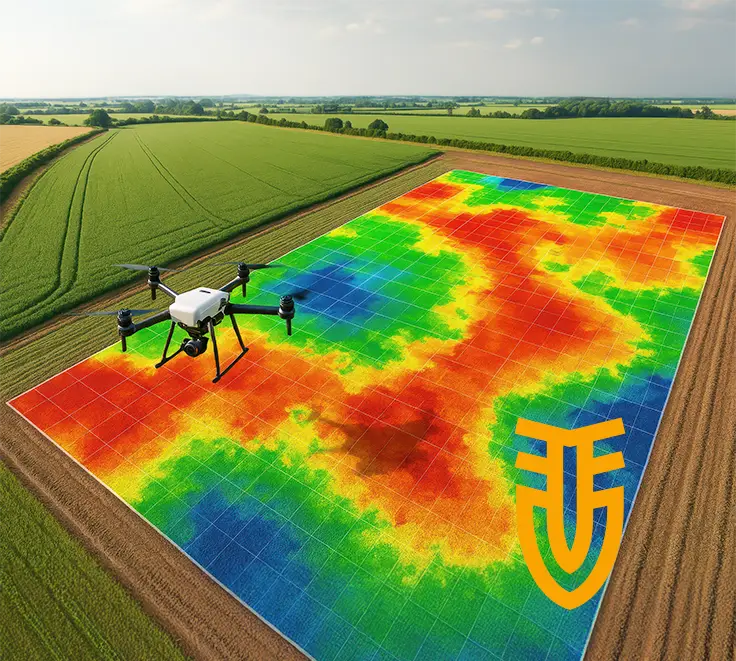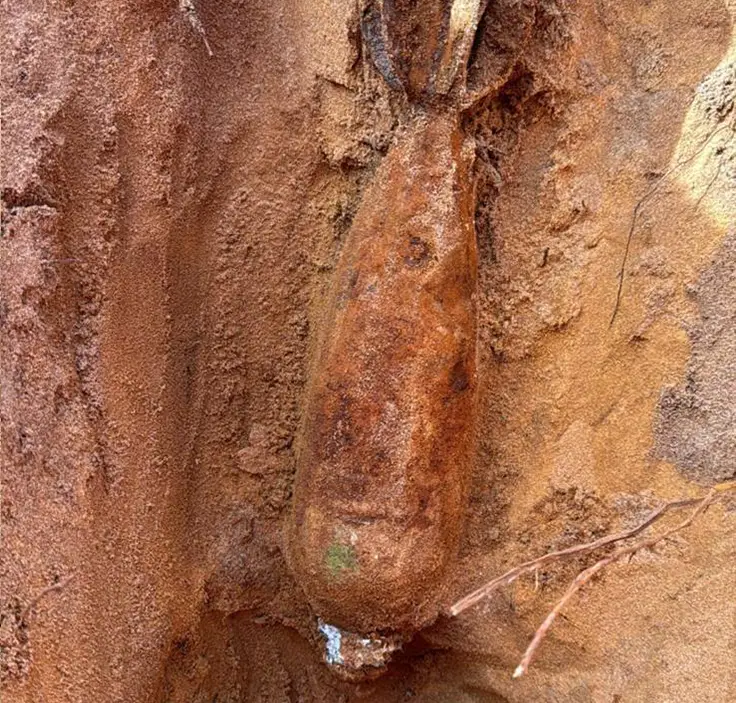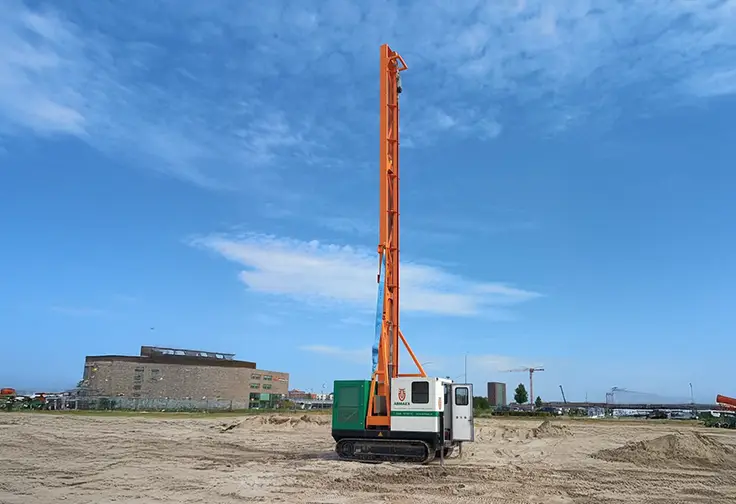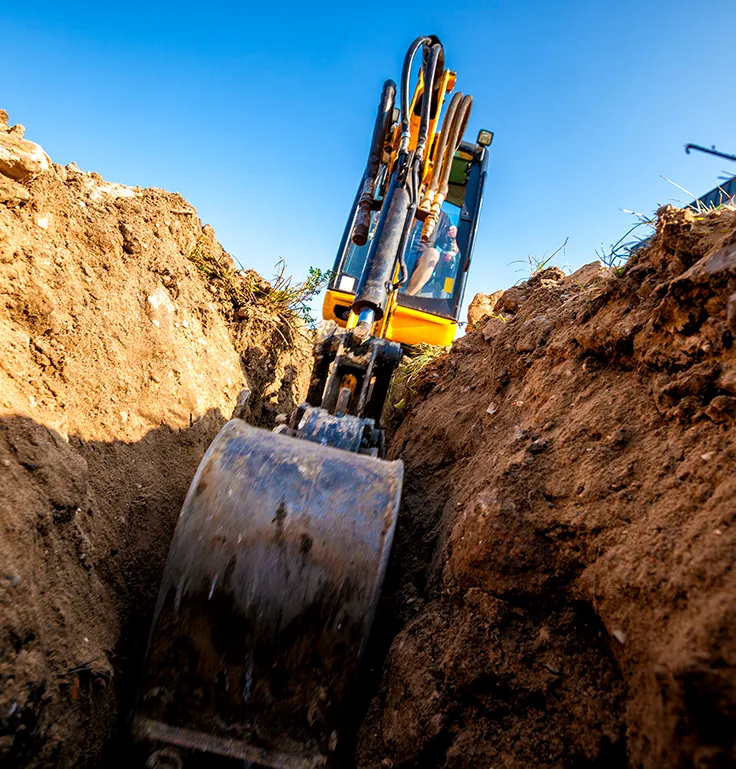Frequently Asked Questions (UXO Risk Assessment FAQ)
What is a UXO risk assessment?
A UXO risk assessment is a report that evaluates whether unexploded ordnance may be present on your site, based on historical and site-specific information.
Is a UXO risk assessment a legal requirement?
While not always mandatory, UXO risk assessments are strongly recommended under health and safety law, including CDM Regulations 2015 and the Health and Safety at Work Act.
How do I know if my site is at risk?
Sites in bombed cities, near former military facilities, or on reclaimed land are more likely to be at risk. However, UXO has been found in surprising places: even schools and gardens.
How long does a UXO risk assessment take?
Desktop assessments can be completed in a few working days. More detailed assessments or follow-up surveys may take longer, depending on site conditions and scope.
Can I skip this if nothing has been found before?
No; lack of prior discoveries is not proof of safety. UXO may be present without any surface evidence.
What if we find UXO on our site?
Stop work immediately, evacuate the area, and contact the police on 999.
Ready to Assess Your Site?
Don’t leave safety to chance.
Get your site assessed by trusted UXO experts with the data, experience and technology to protect your people and your project.





